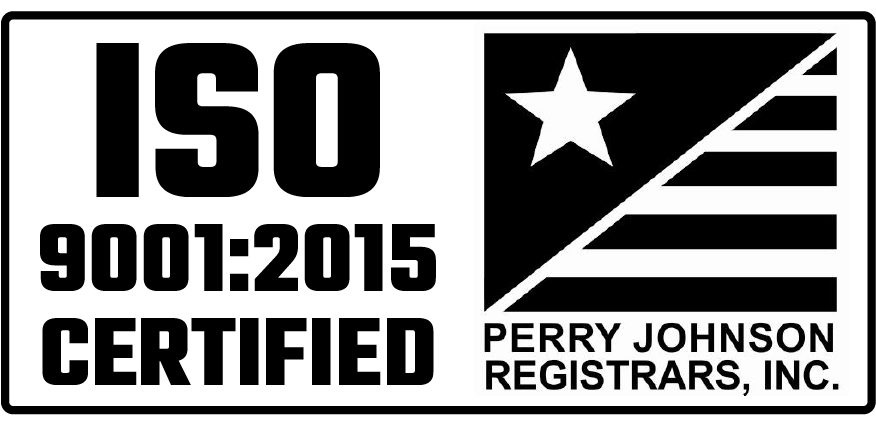Admitting you need help can be extremely difficult, especially when you may need to convince teammates or a manager that you could use some assistance to tackle an issue or figure out an engineering problem. But pushing forward on an engineering or manufacturing project when you’re uncertain about the outcome can be dangerous and costly.
Perhaps the tables are turned and you’re the manager who suspects your engineering team is struggling to find a solution for a complex manufacturing project. Recognizing you may need to leverage the expertise of someone outside your organization is better realized early on in the process.
Look for signs that your team may need help, and understand the potential benefits of partnering with outside engineers who specialize in various products and components.
Signs You May Need Help from an Engineering and Manufacturing Partner
- Your engineering project is taking longer than expected
- You find yourself researching a lot of solutions and insights on the internet
- You’re designing something new or implementing a new technology
- You’re too busy troubleshooting problems in house (manufacturing, supply chain, organization structure, customer returns, etc.)
- You don’t have an expert on staff, but it doesn’t make sense to hire someone for the project
Benefits of Partnering with Manufacturing Engineers
An engineering and manufacturing partner can help your organization efficiently design and manufacture your product, provide additional insights, and help you reduce costs along the way. You can also experience these four benefits when you partner with a manufacturer’s engineering team:
- Increase your engineering capacity
When you partner with outside engineers, you’re adding players to your team. With that comes increased throughput and expertise or experience your team may not have. Additionally, you can address cyclical demand by adding engineering capacity only when you need it. - Leverage Design for Manufacturability (DfM) capabilities
A manufacturer’s engineering team understands their company’s manufacturing processes, so they’ll consider how the product should be manufactured throughout the design process as well. DfM can help increase manufacturing speed and reduce costs, both for you and your engineering and manufacturing partner. - Collaborate with another team of experts
Your manufacturer’s engineering team has likely worked with customers in diverse industries. While some may be similar to yours, others may be completely different. An outside engineering team is more likely to acquire knowledge from other customers and projects that can lend solutions you may not have thought of to help your engineering project succeed. As an engineering and manufacturing partner, they might also have a different set of best practices to follow based on their experiences, which can create opportunities to evaluate and improve your own processes and best practices. - Focus on critical functions
Since you’re collaborating with another team of expert engineers, you can let them handle the minute details, such as which fasteners or wire sizes to use. This gives your engineering team more time to test prototypes, ideate new products, and troubleshoot unexpected issues.
As you consider your engineering workload, ask yourself if your organization has the capacity, expertise, capabilities, and equipment to design each product you’re working on. If any of those elements are missing, you may benefit from collaborating with an engineering and manufacturing partner.
Choosing an Engineering and Manufacturing Partner
The right engineering and manufacturing partner should be transparent with you from the beginning, working out a timeline of expectations, estimated costs, risk considerations, and an agreement about who owns the information once the project is finished. Ideally, both parties will benefit from the sharing of knowledge. You can also ask your prospective partner if they’ll expect you to have them manufacture the design after the engineering is complete. Either way, as long as you have an agreement from the start, everyone will have the clarity they need to make informed decisions.
If you’re in the middle of an engineering project that has seen change after change, it’s time to reach out to an engineering partner who specializes in the type of project you’re working on. You’ll also want to check out our Revision vs. New Part Number infographic to help you decide if you need to keep revising the drawing, or if it’s time to create a new part number. Click the button below to view the infographic.





